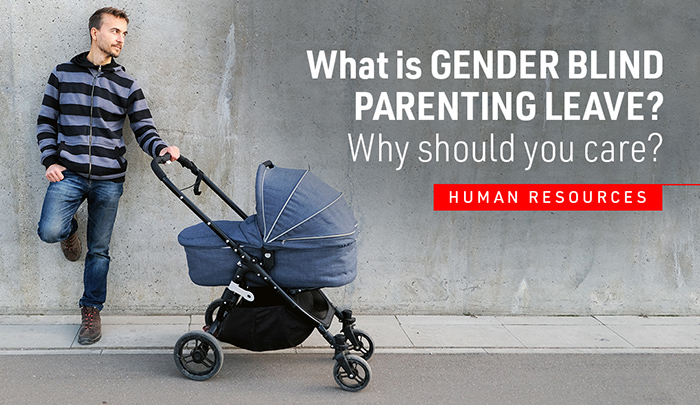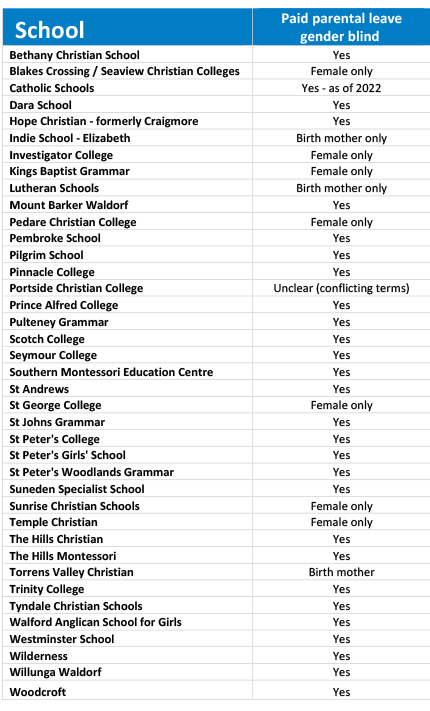What is ‘gender blind’ parental leave and why should you care?

For the first time, the (new) Catholic Enterprise Agreement (EA) recognises the right for any primary carer—no matter their gender—to take paid and unpaid parental leave. Tim Oosterbaan, IEU(SA) Deputy Secretary, takes a look at which school/sector has this provision and explains why it’s important.
Tim said: “When my wife gave birth to our first child there was no consideration from us that I as the father would take leave and become the primary carer. Even if we had thought about it, it wouldn’t have been available. Despite both of us working as teachers in the Catholic system, only my wife (as the birth mother) was entitled to take an extended period of leave. I was only entitled to partner leave of 5 days. At the time, my wife was working her way up the middle management ladder, with her last position being a section head of school.”
“While my wife enjoyed her time with our daughter it didn’t come without consequences. Two years out of the workforce greatly affected the amount of superannuation accumulated and leadership opportunities were harder to pursue.”
“Fast forward a decade, and I’m not sure we would make the same decision. I quite like the idea of being a primary carer. My wife has re-established her career. We would at least discuss our options. The point is, under the new Catholic EA, we would now have parenting leave options.”
We know that the effect of women being out of the workforce is to the detriment of their superannuation balance and career progression. Median superannuation balances for women at retirement (aged 60-64) were 23.4% lower than those for men in 2018-19 (Workplace Gender Equality Agency, 2022). In 2020-21, the majority of managers, whether a woman or man, worked full-time across all age groups. However, WGEA data indicates that this is not compatible with women’s overall employment status, where over half of women are employed in part-time and casual roles across all age groups (WGEA, 2022).
Another important consideration to support gender blind parental leave would be superannuation paid whilst on unpaid parental leave, but that is a discussion for another time.
Normalising gender blind parental leave lessens the impact on careers and earnings by enabling shared caring. This may also reduce the impact on families struggling to find affordable childcare or childcare vacancies.
Our Catholic EA negotiating team did a fantastic job in convincing the employer that their thoughts on gender blind parental leave and shared caring were not meeting the needs of modern families.
How do schools compare around parental leave?
Have a look at the table below – it is a snapshot of what IEU members have fought for and won.
How does your employer compare? Could this be a priority for your next round of negotiations?

Need more information on parenting leave?
IEU(SA) members – login in to the member area – scroll to the bottom of the member area home page and you can access a full table in PDF format comparing the following information for non-government schools:
-
- Paid Parental Leave – length of leave entitlement
- Parental Leave qualifying period
- Paid Parental Leave recharge period
- Paid Parental Leave – gender blind status
- Spouse or Partner Leave
- Years of unpaid parental / carers (etc) leave
Not a member of the IEU? Join today and get access to this information, other member benefits and get the support you deserve.
Sources and further reading
https://www.wgea.gov.au/sites/default/files/documents/Stats_at_a_glance_Feb2022.pdf
https://www.wgea.gov.au/sites/default/files/documents/Gender%20%26%20Age_Research%20Brief_final3.pdf

